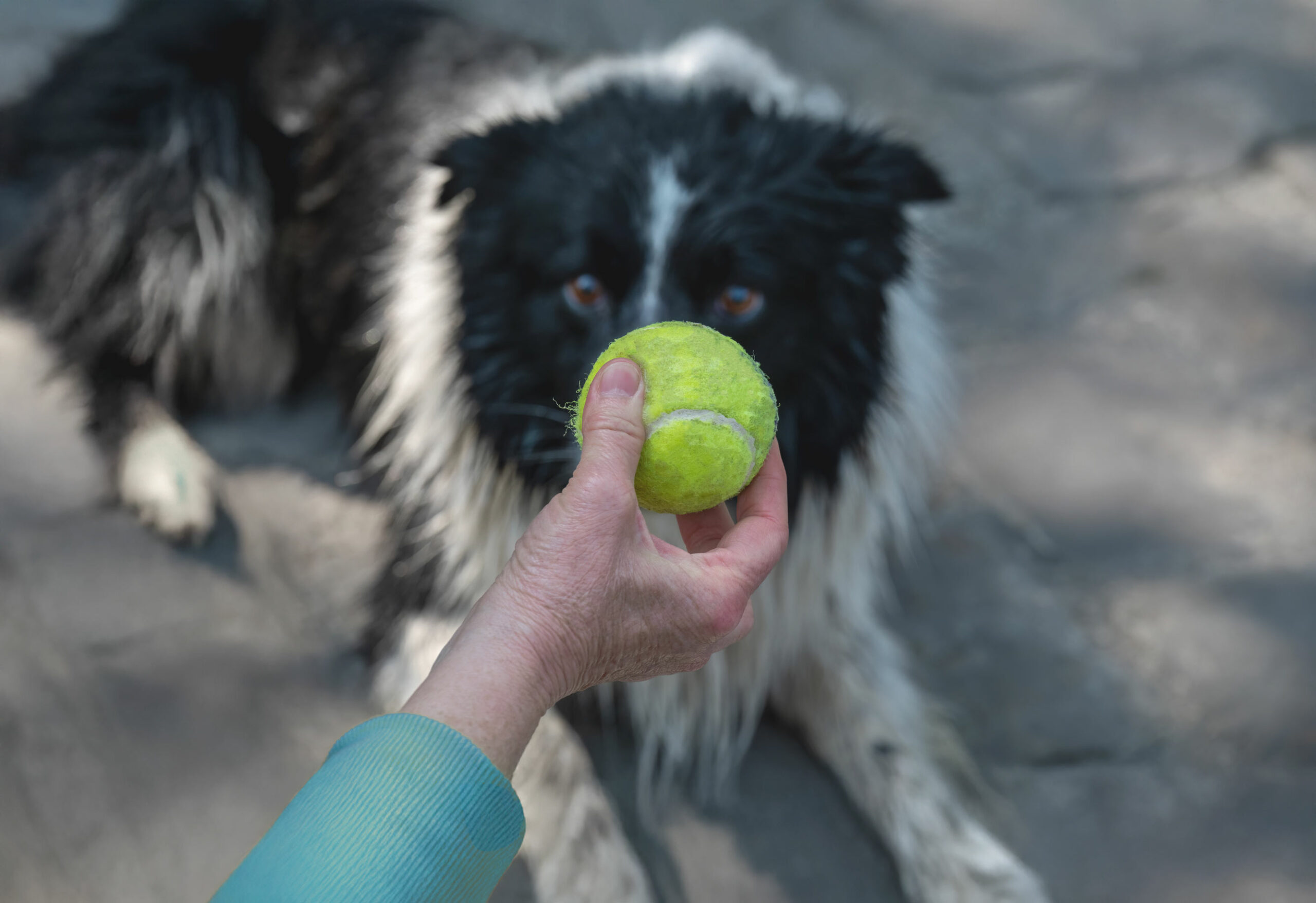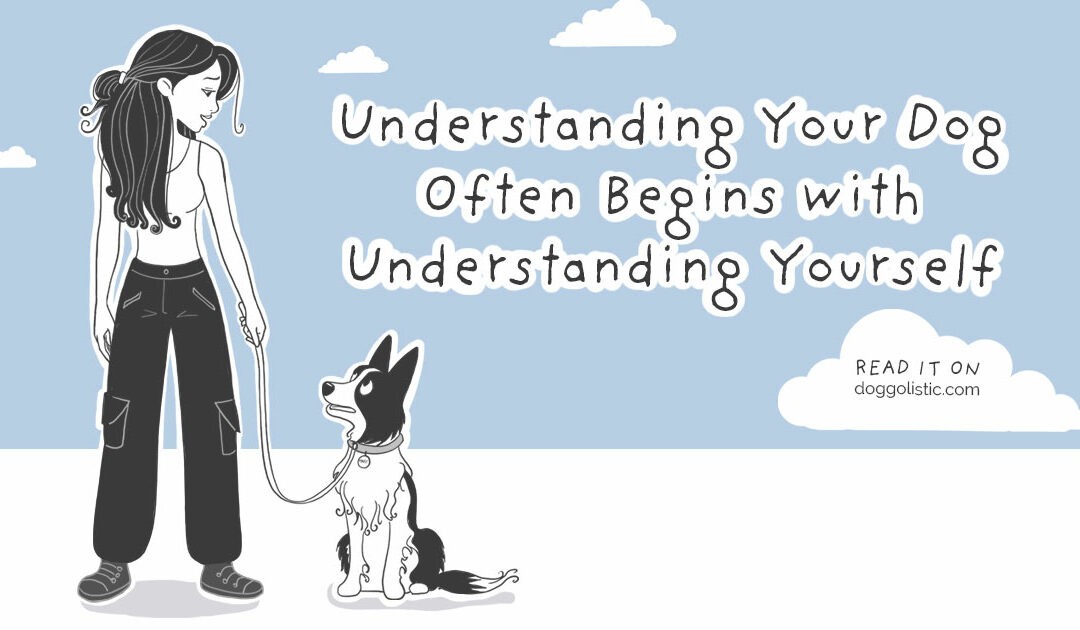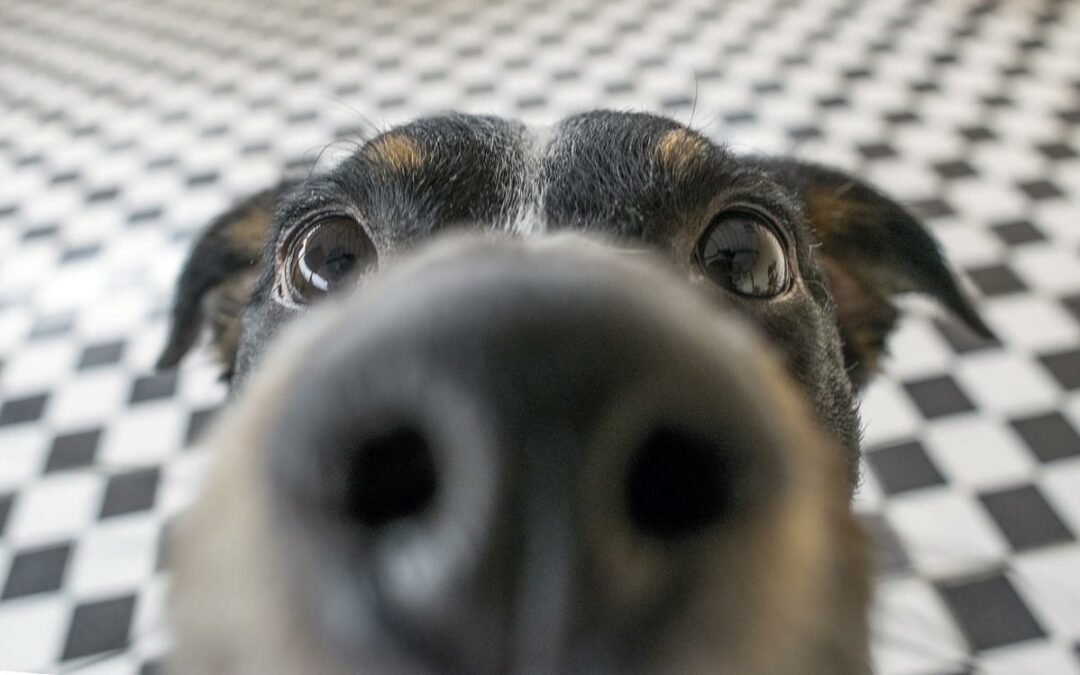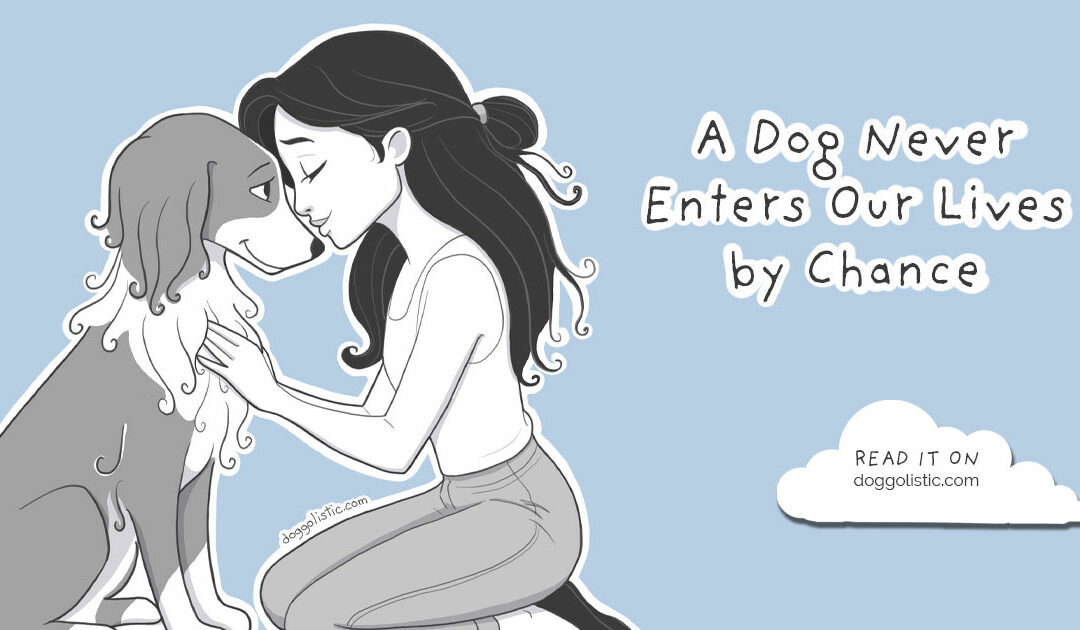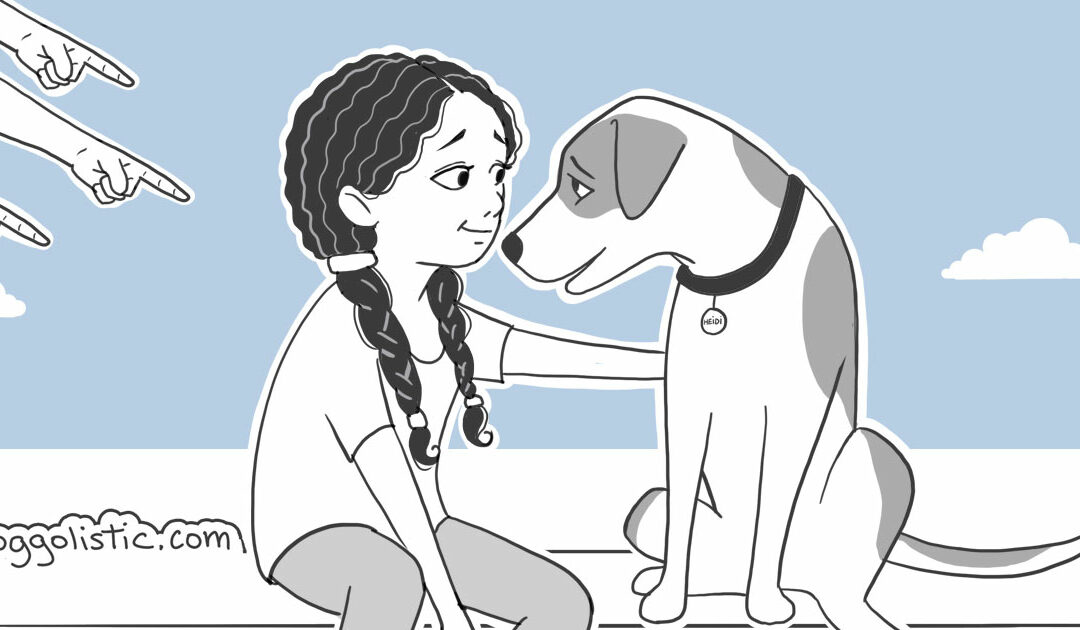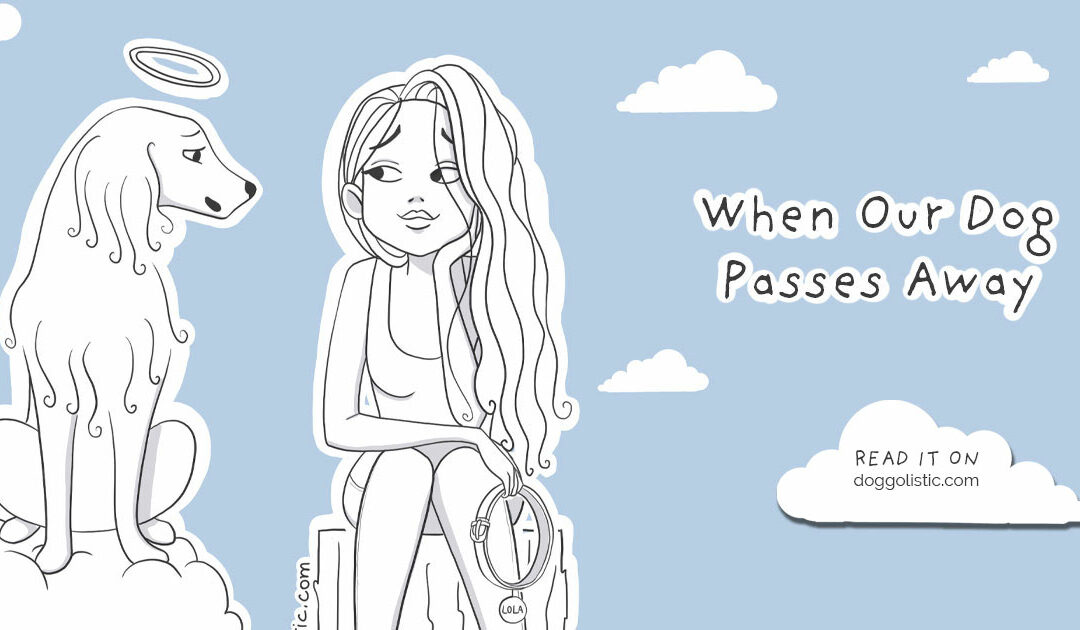This isn’t play anymore, it’s a full-on obsession
Some dogs give you a look that says everything. No need for words. Their favorite toy is sitting two feet away like a sacred object, and their entire being is locked onto it. It might look like love, but it’s more than that. Tighter. Sharper. Almost spiritual. A kind of devotion. Or maybe a perfectly legal, soft-core addiction.
A group of researchers decided to dig into this—not to judge, but to try and understand what’s really going on when a dog seems to live for just one thing. Their main question was simple but serious: can a dog actually get addicted to a toy?
A legit study about a topic that usually gets brushed off
It might sound silly at first, but it’s real science. The study, published in 2025 on Nature.com, looked at 105 dogs, all described by their humans as “super into toys.” Not just playful. Super into it. Dogs who orbit their favorite ball like it’s the center of their universe. The kind who don’t respond to their name when the toy’s in sight. Who ignore food, forget their dog friends, and sit in front of the toy bin like a heartbroken ex waiting at someone’s door.
First test: show them the toy, but don’t give it to them. Yes, it’s cruel. Yes, it’s science. The result? About a third of the dogs had a moment: intense staring, tuning everything out, whining, pacing. A few tried to break into the locked toy box. Two actually managed to break it open. So… yeah.
Then they asked the humans
The researchers also sent out a questionnaire to the owners, and that’s where things got interesting. Many of the behaviors they described sounded a lot like what we’d call addiction in humans. That habit of finding joy in just one thing, and nothing else.
When separated from the toy, these dogs enter a kind of limbo: buzzing with anticipation, overstimulated, visibly frustrated. They seem stuck on pause until the magic drawer opens. And once their “my precious” comes out? They turn into missiles. Laser-focused, nothing else exists. Not you, not other dogs, not trees, not cuddles—just the toy.
Is it addiction? Or just high enthusiasm?
Are we really talking about addiction?
The researchers prefer the term “addictive-like behaviour.” It’s more careful, more respectful. You’re not about to diagnose a border collie with a psychiatric condition just because he’s laser-focused on a tennis ball, but what they did observe was real:
- Craving – that intense need
- Salience – everything else fades into the background
- Loss of control
- Mood modification – depending on whether the toy is around
And if this all sounds kind of funny, know that for some dogs, it’s really not. They can injure themselves from the constant repetitive movements, struggle with frustration, and spin endlessly in the same loop, like a scratched record that never resets. And in dog years, that’s a long time to be stuck skipping.
High-drive dogs: brilliant, intense and mentally fried
So who’s most affected? The so-called “high drive” dogs. The working breeds, the elite athletes, the overachievers in fur coats: border collies, malinois, jack russells… The ones we praise for their intelligence, focus, and drive. But here’s the flip side: those same qualities, if not channeled properly, can spiral fast.
Put them in a typical home, with a normal family and a way too calm daily routine, and suddenly it’s too quiet, too still, too little stimulation. That brilliant mind turns inward. The intensity we admire? It starts eating them alive. And that’s when the toy becomes more than a toy. It becomes a ritual, a coping mechanism. The one thing that keeps them alive.
You may also like |How to bond with your dog : 12 easy exercises
Should you be worried?
No—if your dog just loves fetch. Yes—if fetch is the only thing they want to do.
As long as your dog can still find joy in a bunch of things, you’re good. If they can play in different ways, explore, sniff, wander, flirt with the breeze, mess around with other dogs, great. But if they’re always waiting for that one toy, at that one time, with that same trembling focus, then yeah, maybe it’s worth taking a closer look.
Like one of my clients’ border collie: the second they arrive at the park, he freezes in that classic collie stance—part yoga pose, part Olympic sprinter—waiting for the ball that’s still zipped inside her bag. He can hold that pose for the entire walk, and if she doesn’t give in, he’ll just trot over to strangers, drop a random branch at their feet, and beg them to throw it.
What this study really says
At the core, it’s about something pretty human: how the desire to make someone happy can get off-track.
The game that was supposed to bring you closer becomes a kind of escape. The human throws, the dog runs again, and again, and again, and we call it bonding. But sometimes, it’s just a spiral, and at that point, the toy is no longer a toy, it becomes a symptom.
And we cheer. We film. “Look at him go! He could do this for hours!” Yep. And that might actually be the problem.
Source :
Mazzini, A., Senn, K., Monteleone, F. et al. Addictive-like behavioural traits in pet dogs with extreme motivation for toy play. Sci Rep 15, 32613 (2025). https://doi.org/10.1038/s41598-025-18636-0
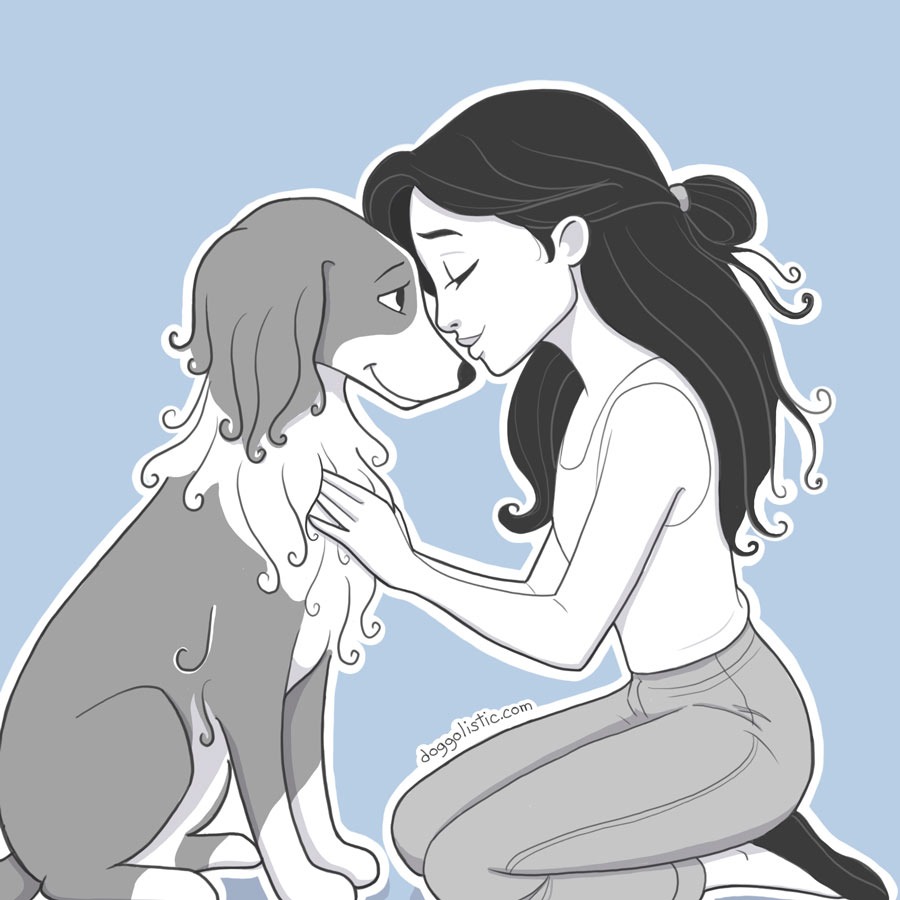
As a dog behaviorist and trainer, I work on the subtle bond between humans and dogs — with all its beauty, its wobbles, and its life. I help humans better understand their dogs — and sometimes, just a little, the other way around, too.

